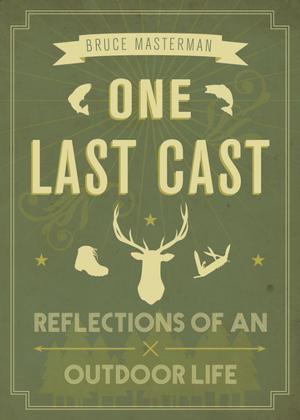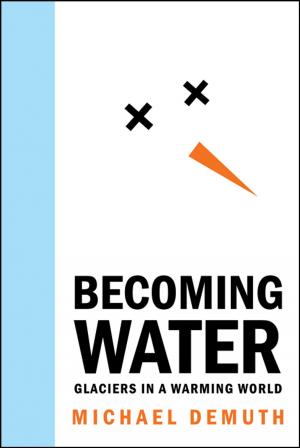The Beaver Manifesto
Nonfiction, Science & Nature, Nature, Environment, Environmental Conservation & Protection| Author: | Glynnis Hood | ISBN: | 9781926855592 |
| Publisher: | Rocky Mountain Books | Publication: | July 26, 2011 |
| Imprint: | Rocky Mountain Books | Language: | English |
| Author: | Glynnis Hood |
| ISBN: | 9781926855592 |
| Publisher: | Rocky Mountain Books |
| Publication: | July 26, 2011 |
| Imprint: | Rocky Mountain Books |
| Language: | English |
Beavers are the great comeback story—a keystone species that survived ice ages, major droughts, the fur trade, urbanization and near extinction. Their ability to create and maintain aquatic habitats has endeared them to conservationists, but puts the beavers at odds with urban and industrial expansion. These conflicts reflect a dichotomy within our national identity. We place environment and our concept of wilderness as a key touchstone for promotion and celebration, while devoting significant financial and personal resources to combating “the beaver problem.”
We need to rethink our approach to environmental conflict in general, and our approach to species-specific conflicts in particular. Our history often celebrates our integration of environment into our identity, but our actions often reveal an exploitation of environment and celebration of its subjugation. Why the conflict with the beaver? It is one of the few species that refuses to play by our rules and continues to modify environments to meet its own needs and the betterment of so many other species, while at the same time showing humans that complete dominion over nature is not necessarily achievable.
Beavers are the great comeback story—a keystone species that survived ice ages, major droughts, the fur trade, urbanization and near extinction. Their ability to create and maintain aquatic habitats has endeared them to conservationists, but puts the beavers at odds with urban and industrial expansion. These conflicts reflect a dichotomy within our national identity. We place environment and our concept of wilderness as a key touchstone for promotion and celebration, while devoting significant financial and personal resources to combating “the beaver problem.”
We need to rethink our approach to environmental conflict in general, and our approach to species-specific conflicts in particular. Our history often celebrates our integration of environment into our identity, but our actions often reveal an exploitation of environment and celebration of its subjugation. Why the conflict with the beaver? It is one of the few species that refuses to play by our rules and continues to modify environments to meet its own needs and the betterment of so many other species, while at the same time showing humans that complete dominion over nature is not necessarily achievable.















